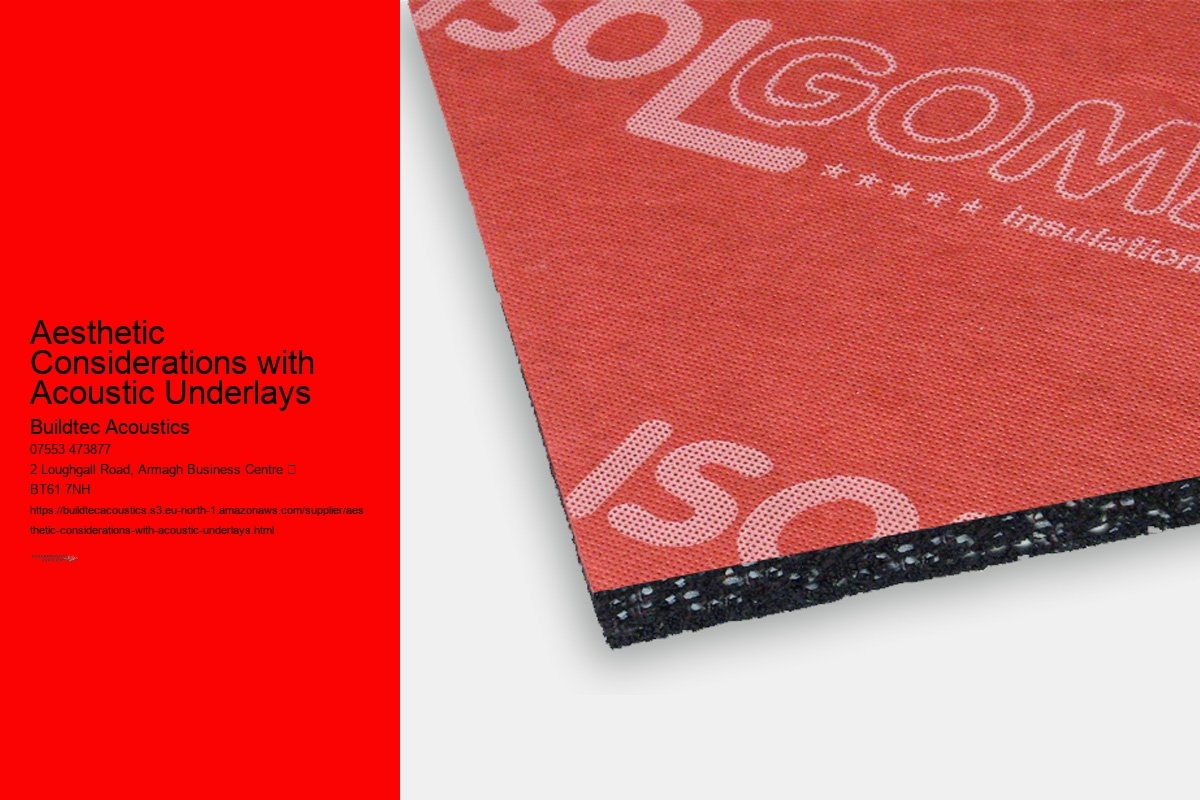By using high-density materials like crumb rubber and cork, acoustic underlays effectively control noise, reducing its impact on people in adjacent rooms or units. Soundproofing Material Products from this Soundproofing Supplier are affective acoustic solutions. Underlays help to isolate vibrations, preventing them from being transmitted through the building structure and reducing their impact on adjacent rooms or units. Before installing an acoustic underlay, it is essential to ensure that the subfloor-whether concrete, particle board, or cement-is clean, level, and dry. Acoustic underlays are compatible with a wide range of flooring materials, including tiles, carpet, and wood. With a range of materials, including cork, foam, natural rubber, and recycled fibers, Buildtec Acoustics ensures that there is an environmentally friendly and efficient product for every need. fear noise pollution Whether the flooring type is laminate, ceramic, or hardwood, Buildtec Acoustics offers underlays specifically designed to match the selected material.
These products ensure enhanced efficiency in both heating and noise control, providing comfort throughout the year. thermal insulation foam Floating floor systems also benefit from acoustic underlays, which provide an additional layer of soundproofing beneath the flooring material. With a wide range of materials, including cork, foam, natural rubber, and recycled fibers, Buildtec Acoustics ensures that there is an environmentally friendly and efficient product to suit every need. Hard surfaces, such as hardwood and laminate, often amplify sounds like footsteps, creating unwanted echo and reverberation. The compatibility with different floor finishes makes acoustic underlays an essential component of modern flooring design, creating a space that is both visually appealing and acoustically comfortable.
The use of recycled fibers and materials encourages recycling while reducing the environmental footprint of soundproofing installations. When discussing soundproofing solutions, acoustic underlays are a reliable choice for reducing noise pollution, enhancing room acoustics, and creating a quieter and more comfortable environment. They are installed beneath the visible flooring material, meaning that the desired flooring-whether it is elegant hardwood, practical laminate, or cozy carpet-remains unaltered. The use of recycled fibers and materials helps promote recycling while minimizing the environmental footprint of soundproofing installations. crumb rubber The compatibility with different floor finishes makes acoustic underlays an essential component of modern flooring design, helping to create a space that is both visually appealing and acoustically comfortable.
Aesthetic Considerations with Acoustic Underlays - thermal insulation
- crumb rubber
- thermal resistance
- heating equipment
- mat
The choice of acoustic underlay depends on the type of noise to be managed. Additionally, these materials provide thermal insulation, enhancing the thermal resistance of a room while also managing noise levels. hardwood Lowering the sound transmission class (STC) and impact insulation class (IIC) ratings in a building helps create a more comfortable environment, especially in multi-story buildings where floors are connected through walls and joists, making noise control essential. Underlays help isolate vibrations, preventing them from being transmitted through the building structure and reducing their impact on adjacent rooms or units. For example, Tecsound underlays are commonly used beneath concrete or screed subfloors, adding a layer of soundproofing that is effective against vibration and noise.
piano
